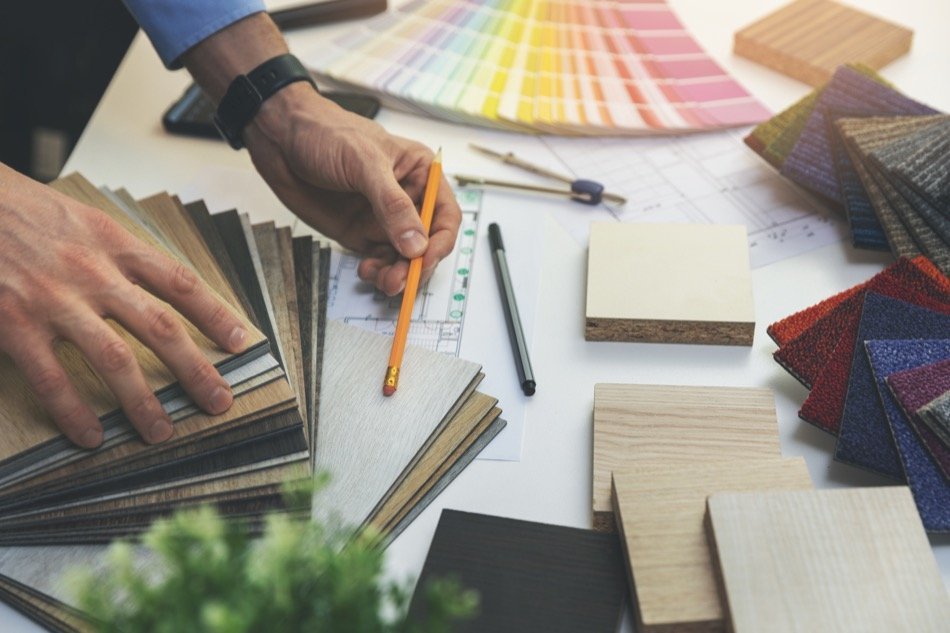How to Work the Basics of Interior Design Into Your Home
Posted by Gary Ashton on Monday, April 6th, 2020 at 10:08am.
 Interior design may seem simplistic from an outside perspective. After all, all homeowners can identify the styles they like and then use those looks as inspiration for revamping their home. But the reality is that interior design is specific to every space, which can make it difficult for homeowners to actually replicate their favorite designs. Before getting overwhelmed, Goodlettsville homeowners should consider the basics before diving in.
Interior design may seem simplistic from an outside perspective. After all, all homeowners can identify the styles they like and then use those looks as inspiration for revamping their home. But the reality is that interior design is specific to every space, which can make it difficult for homeowners to actually replicate their favorite designs. Before getting overwhelmed, Goodlettsville homeowners should consider the basics before diving in.
Choosing a Style
As homeowners look at the rooms they like, they should start to see a pattern emerging. For example, homeowners may appreciate looks like French Country and minimalism, but find they love contemporary styles above all else. But owners need to consider more than just the aesthetics of the room. For example, a shabby chic room may be filled with objects that gather dust over time, making it more difficult to clean. A sparser room translates to less maintenance all while opening the home up to more light and air.
Drawing the Eye
Interior design is all about the overall effect of the room on the eyes. A dining room may draw the eye from side to side due to the dramatic table in the middle, while a library may draw the eye up and down with its bookshelves. From the rugs to the artwork to the pillows, the accessories in the room should complement each blueprint and floor plan based on the homeowner's whims. For example, a living room may be largely done up in stark black and white, but adorned with bright cashmere throws to offset the lack of color in the room.
Balancing the Rooms
Creating a balance is often the hardest part of the process:
- Focal points should highlight the distinct character of each room.
- Contrast is necessary throughout the home, whether it's in the form of colors, textures, or patterns.
- Even minimalism homes don't have to look bare. The idea is to strike a chord between busy and desolate.
Homeowners may need to devote their time to combing through many pictures to decide the right style for them. The good news is that all the exposure can make it easier to decide on an approach that will spruce up the home exactly the way the owners imagined it.

Gary Ashton
The Ashton Real Estate Group of RE/MAX Advantage
The #1 RE/MAX team in the World!
